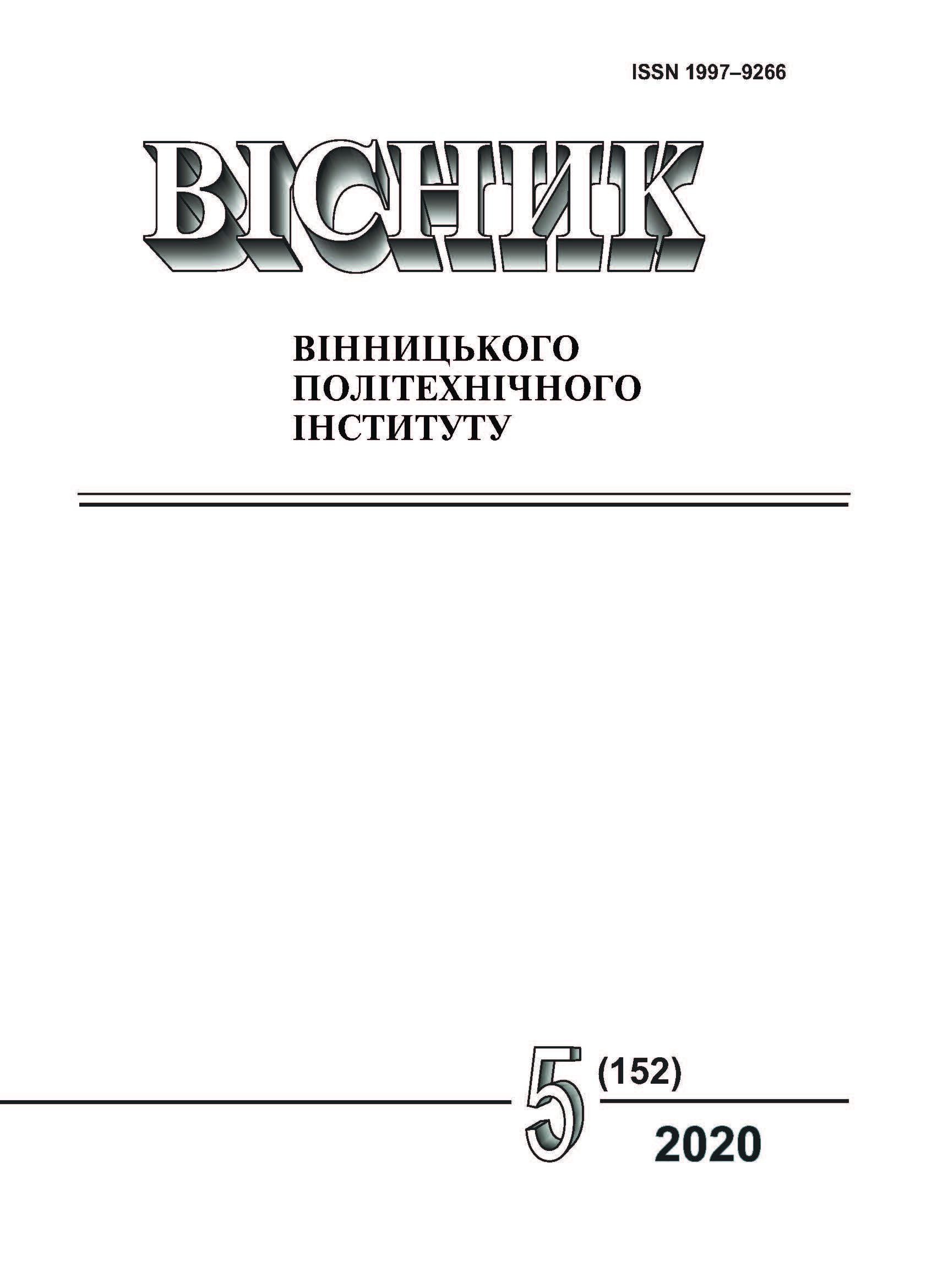Informational Technology of Analysis and Forecasting of Number of New Cases of Coronavirus SARS-Cov-2 in Ukraine Based on the Prophet Model
DOI:
https://doi.org/10.31649/1997-9266-2020-152-5-71-83Keywords:
information technology, SARS-CoV-2, COVID-19, time series forecasting, Prophet, artificial intelligenceAbstract
The article describes the development of information technology for analysis and forecasting of amount of new confirmed cases of the disease for coronavirus "COVID-19" caused by SARS-CoV-2 infection, based on the daily summary data of the current “wave” in Ukraine, and taking into account various holidays and pseudo-holidays. A review of the known models, which acknowledge such anomalies, was conducted and it is substantiated that considering the current short series of observational data and other conditions, the Facebook Prophet model is optimal for solving this problem. Available data on possible time anomalies in Ukraine in the well-known dataset "COVID-19 Open Data" from Google was characterized, and it is proposed how to take into consideration such anomalies as: public holidays, dates when accordingly to NOAA data weather was warm and without any precipitation, and dates of quarantine easing using information from the "Oxford COVID-19 government response tracker". An algorithm for usage of the proposed information technology was developed, which included a step of two-stage parameter identification and used a separate validation dataset to identify the optimal structure of the model at each stage. Software using Python was created and displayed on Kaggle platform, which then was applied both for Ukraine and for 69 countries around the world. To speed up the research firstly the simplified version of the model was developed with only one stage of parameter identification, and secondly that a dataset "COVID-19: Holidays of countries" was compiled, with information about the holidays of 70 countries, adapted to the needs of this technology and was saved on Kaggle as an open dataset. With the help of the identified models, a number of important conclusions were obtained regarding the understanding of the patterns of coronavirus spread both in Ukraine and in 69 other countries of the world. A model was built to calculate the number of possible new confirmed cases of coronavirus in Ukraine for the next 2 weeks with an error of 2,2 % and using this model, a forecast for the next 2 weeks was made, which was submitted to the Research Group of Mathematical Modeling of Problems Related to the SARS-CoV-2 Epidemic in Ukraine.
References
І. Бровченко, «Розробка математичної моделі поширення епідемії COVID-19 в Україні,» Світогляд, № 2 (82), с. 2-14, 2020.
C. L. Althaus, (2020) Real-time modeling and projections of the COVID-19 epidemic in Switzerland, Institute of Social and Preventive Medicine, University of Bern, Switzerland 20 April 2020, [Electronic resource]. Available: https: ispmbern.github.io/covid-19/swiss-epidemic-model .
Прогноз розвитку епідемії COVID-19 в Україні на 6–13 листопада 2020 року («Прогноз РГ-27»). [Електронний ресурс]. Режим доступу: http://www.nas.gov.ua/UA/Messages/Pages/View.aspx?MessageID=7129 , дата звернення: лист., 6. 2020.
Прогноз розвитку епідемії COVID-19 в Україні на 13–20 листопада 2020 року («Прогноз РГ-28»). [Електронний ресурс]. Режим доступу: http://www.nas.gov.ua/UA/Messages/Pages/View.aspx?MessageID=7155 , дата звернення: лист., 14. 2020.
V. B. Mokin, Total Ranking of all participants of COVID19 Global Forecasting Challenges — версія ноутбука – 12.06.2020 р. [Електронний ресурс]. Режим доступу: https://www.kaggle.com/vbmokin/all-ranking-covid19-global-forecasting-challenges , дата звернення: червень, 12. 2020.
Dr. Shikha Gaur, “Global Forecasting of COVID-19 Using Arima Based FB-PROPHET,” International Journal of Engineering Applied Sciences and Technology, vol. 5, issue 2, pp. 463-467, 2020. ISSN No. 2455-2143.
Peipei Wanga, and Xinqi Zheng, “Prediction of Epidemic Trends in COVID-19 with Logistic Model and Machine Learning Technics,” Chaos, Solitons & Fractals, vol. 139, October 2020. [Electronic resource]. Available: https://doi.org/10.1016/j.chaos.2020.110058 .
M. Indhuja and P.P. Sindhuja, “Prediction of Covid-19 cases in India using prophet,” International Journal of Statistics and Applied Mathematics, no. 5(4), pp. 103-106, 2020.
В. Б. Мокін, О. В. Слободянюк, О. М. Давидюк, і Д. О. Шмундяк, «Інформаційна технологія пошуку можливих джерел підвищеного забруднення річки з використанням моделі Prophet,» Вісник Вінницького політехнічного інституту, № 4, с. 15-24, 2020. https://doi.org/10.31649/1997-9266-2020-151-4-15-24.
COVID in UA: Prophet with 4, 7d seasonality — версія ноутбука — 22.11.2020 р. [Електронний ресурс]. Режим доступу: https://www.kaggle.com/vbmokin/covid-in-ua-prophet-with-4-7d-seasonality/output?scriptVersionId=47484394, дата звернення: лист., 22. 2020.
COVID-19: Holidays of countries — версія датасета — 21.11.2020 р. [Електронний ресурс]. Режим доступу: https://www.kaggle.com/vbmokin/covid19-holidays-of-countries , дата звернення: лист., 21. 2020.
COVID-19 in 70 countries: daily Prophet forecast — версія ноутбука — 21.11.2020 р. [Електронний ресурс]. Режим доступу: https://www.kaggle.com/vbmokin/covid-19-in-70-countries-daily-prophet-forecast?scriptVersionId=47433942, дата звернення: лист., 21. 2020.
Downloads
-
PDF (Українська)
Downloads: 543
Published
How to Cite
Issue
Section
License

This work is licensed under a Creative Commons Attribution 4.0 International License.
Authors who publish with this journal agree to the following terms:
- Authors retain copyright and grant the journal right of first publication.
- Authors are able to enter into separate, additional contractual arrangements for the non-exclusive distribution of the journal's published version of the work (e.g., post it to an institutional repository or publish it in a book), with an acknowledgment of its initial publication in this journal.
- Authors are permitted and encouraged to post their work online (e.g., in institutional repositories or on their website) prior to and during the submission process, as it can lead to productive exchanges, as well as earlier and greater citation of published work (See The Effect of Open Access).





